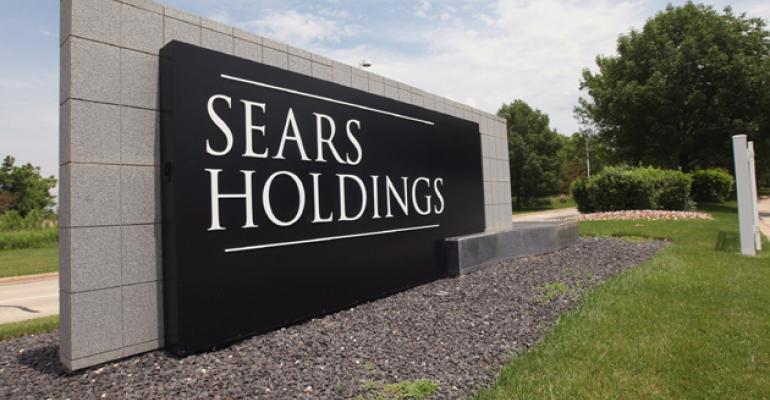Sears Holding Corp. CEO Eddie Lampert is not giving up on the idea that Sears, which has struggled as a retailer for years, still holds untapped value in its remaining real estate. In an April 23 letter to Sears’ board of directors, Lampert proposed that ESL Investments, the hedge fund that he runs separately, carve out and buy the retailing company’s best remaining assets.
From a real estate perspective, however, executives are unsure of how much value ESL Investments, or anyone else, can ultimately extract from the retailer’s assets. In addition to the real estate, ESL would buy the Kenmore home appliances brand and a couple of other Sears home-related businesses, according to the letter.
Major mall REITs such as GGP Inc., Macerich and Simon Property Group have arguably already captured the best of the 125-year-old retailer’s fleet of stores, through a series of 50-50 joint venture and outright sale transactions since 2012. In February 2012, Sears reached an agreement to sell 11 anchor stores to General Growth Properties for $270 million. The REIT later implemented a major redevelopment program at the mall and replaced the Sears with a Bloomingdale’s. In April 2015 Simon Property Group reached an agreement with Sears Holding to hold 10 properties in a joint venture with the retailer.
Whenever the REITs eventually fully owned the Sears anchor pads, they have moved out the old department stores to make way for upscale, profitable anchors and more in-line store space in keeping with redevelopment plans on the properties.
Whatever is left of the Hoffman Estate, Ill.-based retailer’s stores numbers less than 200 – and the company continues to announce closings. Seritage Growth Properties, the New York City-based REIT entity created in 2015 to lease and monetize the Sears properties, holds those and market professionals are not convinced that the remaining properties hold much value for landlords. Meanwhile, Sears’ long-term head of real estate, Jeff Stollenwerck, had just stepped down from his position, according to CNBC.
“The stores that are in the best markets and the best properties will ultimately have residual value,” says Edward Dittmer, a senior vice president of credit risk services at Morningstar. “There are very good malls in small areas that, if Sears were to vacate, then landlords could find tenants for that space.”
Yet the reality for Sears is that some stores have performed so poorly in terms of sales that they hardly generate any revenue, and market professionals expect them to trade purely for land values. Some Sears stores have traded for as low as $2 million. On a 200,000-sq.-ft. space, that comes out to less than $10 per sq. ft., Dittmer says.
“At that point you really are just talking about the land value, minus the demolition costs,” Dittmer said.
“There are a handful of those [stores] that would be highly sought after and very valuable for redevelopment for putting a better anchor in there,” says Paul Noland, vice president of acquisitions for L&B Realty Advisors, a real estate investment management company based in Dallas.
In such cases, the landlord approaches Sears—often with a replacement retailer already in mind or standing by to sign an agreement to replace the Sears—and explains that they want to acquire the property.
“It is really the owner going to them and saying, ‘Hey, you are not driving traffic. We have Nordstrom or Neiman Marcus and we would like to buy your box back, so we can add a new tenant’,” says Noland.
The parent company’s finances might be shaky—in its fourth quarter and full-year 2017 results, the company reported that it had used $648 million of its $1.5 billion revolving credit facility, and its total cash balances were $336 million, while it faces approximately $1 billion of debt coming due within a year—but that doesn’t mean that Sears negotiates from a point of weakness. Sears Holding is emboldened by recent hotly contested transactions, such as Macy’s selling its men’s store in San Francisco’s Union Square to Morgan Stanley for $250 million in 2016, according to Noland.
“They have a reputation of being tough to deal with,” he says. “The company knows the value of its real state.”
Landlords at class-B malls, however, might not be as eager to purchase Sears anchor pads from Seritage, because they are severely constrained in how they can redevelop the pads into profitable uses.
“I don’t know what you do with them,” Noland says, particularly if apartment or office uses are not suitable for the local area. “If you put in a school, hospital or non-retail use, that really hurts the rest of the mall.”

